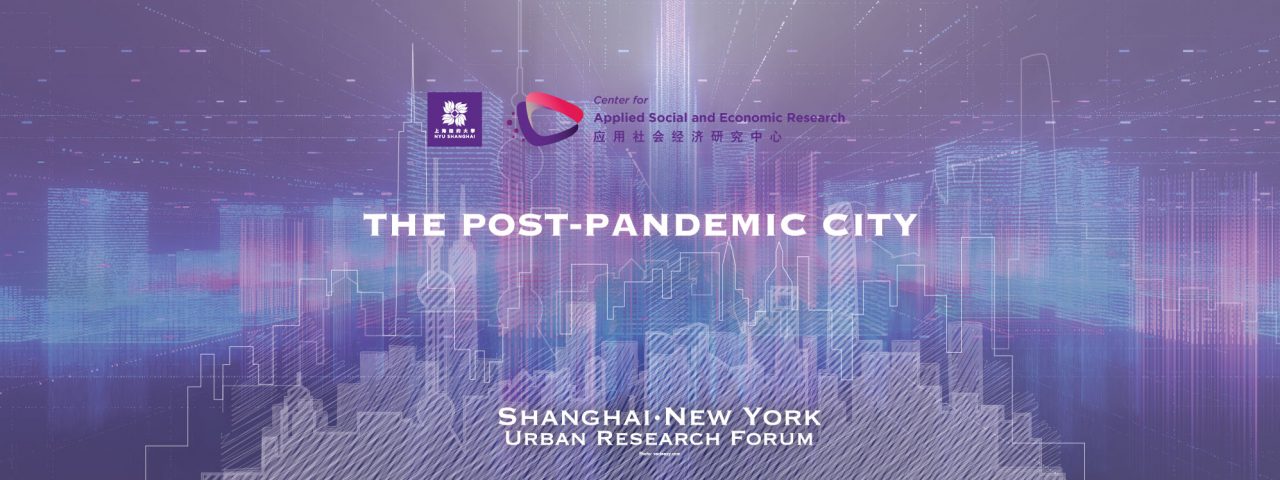Share:
The Post-Pandemic City

- Michael Batty, University College London
- 8:00-9:30 pm, Thursday,May 5, 2022 (CST)
- Seminar hosted via Zoom
Abstract
In this talk, I will explain that although we are able to explain the way centripetal and centrifugal forces determine the form and function of historic and, to an extent, contemporary cities, our abilities to predict their futures are severely limited. The pandemic has led to changes in locational and travel behaviour as well as regulated lockdowns with respect to where people work, live and social distance from one another, and this makes it impossible to predict how we might respond to a new normal which reflects ways we are able to control and manage the pandemic. As we have little data pertaining to this future, to engage in an informed discussion, we will develop a hypothetical city which is organised according to what we know about spatial interaction, urban hierarchy, density, and heterogeneity of movement. We propose a symmetric square grid of locations, simulate the interactions using classic spatial interaction models, and then lock it down. We then release the lockdown in the transition to a new normal, assuming different parameter values controlling the effects of distance, thus illustrating how difficult it is to generate highly decentralised city forms. From this experience, we apply the model to London, again locking down the metropolis, and then exploring seven very different functional forms that provide us with a sample of different city shapes and densities. Our approach provides a framework for speculating about the future using what we call ‘computable thought experiments’.

